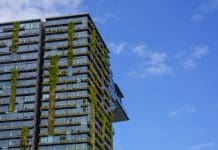Using generative design with computational engineering allows carbon optimisation to inform structural designs, says Hannah Freireich of engineering consultancy Will Rudd
What excites me most about computational engineering is the opportunity to use specialist software combined with some very powerful integrated open-source tools to play “what if”.
Prior to the development of these tools, manual, time-intensive iterative tasks were required to carry out optioneering for large or complex structures, or to determine structural efficiencies. The number of iterations were limited, which in turn limits the extent that efficiencies can be realised.
Powerful tools
Today, powerful tools provide us with the opportunity to investigate multiple complex systems to determine efficiencies at the push of a button. Admittedly, the time-intensive task here is learning the software and developing the tools necessary relative to your unique requirements.
However, once developed, the building blocks of the code can be repurposed and applied relatively quickly across multiple projects. An engineer can take a complex brief and use these generative design tools to apply pre-defined parameters and quickly identify appropriate and efficient solutions. We can then take these solutions and generate 3D models to take forward into more specialist software for finite element analysis (FEA) either independently or as part of a larger model.
With the climate emergency now in even sharper focus, greater consideration is being given to how the construction sector can continue meeting the need for buildings while creating them in the most environmentally responsible way possible.
As a signatory of the UK Structural Engineers Declare Climate and Biodiversity Emergency pledge, Will Rudd is required to consider the impact of our work with clients whenever we collectively commission and design buildings and infrastructure.
This begins at the earliest conceptual design and optioneering stages, and using generative design tools within computational engineering is key to helping us achieve this. We are able to include the carbon impact of a building as a design parameter, combined with any architectural parameters, such as form or the maximum allowable depth of the structural zone, to automatically generate multiple configurations of geometry and carry out strength and serviceability checks as driven by the design codes. This informs early-stage design decisions prior to any more in-depth structural analysis and long before we break ground.
Design tools to build carbon calculations
In moving towards a carbon neutral society, there is understandably greater consideration given to how the construction industry operates. We are developing design tools to build carbon calculations into our preliminary design checks, when form finding, building complex structural geometries to pre-defined architectural forms or defining grids, for example.
Within the software, we can see in real time how small alterations to our parameters impact our chosen selection criteria. From a large auto-generated pool of potential solutions, we can browse, sort and select the most appropriate for presenting to the design team or taking into more a detailed design stage. We can be certain that as well as being architecturally aligned and structurally adequate, it also achieves our predefined limits on the environmental impact of the structure.
As an example, we recently used generative design tools for preliminary design of a curved roof space frame for a large Energy from Waste project. We were able to understand the behaviour of the roof system and find an efficient structure based on geometrical, client-specific and engineer-defined parameters, before importing structural elements into a finite element analysis model.
Of course, curved roofs have been in existence for centuries – a common sight on cathedrals. With Antoni Gaudí’s Sagrada Família, he created an inverted model using the principle of catenary curves, an optimal arch in terms of structural efficiency, to define the curvature of the many roofs. However, he had just one model to work with that took time to alter. With modern tools, we can generate many iterations of curves and define “optimal” or “efficient” based on parameters other than just structural form. We can also build with lower factors of safety with greater confidence in the designs resulting in greater material efficiencies.
Engineering a greener world
So essential now is using computational engineering with generative design tools for Will Rudd that we are successfully winning projects due to the capabilities we demonstrate by using these design tools and showcasing our capabilities. I think this is the way the industry is heading and that it is essential for aspiring engineers to familiarise themselves with the capabilities of parametric modelling and generative design as a tool to inform preliminary designs and generate FEA models. Along with having a very specialist skillset, computational engineers with generative design skills will be at the forefront of contributing to engineering a greener world.
As with any powerful tools such as these, the responsibility is on the engineer to apply them appropriately and interpret the results correctly. As computational engineering expert, Peter Debney remarks in his book on the subject: “Computers will, usually, give you an answer – but it is for you to ensure that you asked the right question and received the right answer”.
 Hannah Freireich
Hannah Freireich
Project engineer
Will Rudd Davidson
Tel: +44 (0)131 557 5255
https://twitter.com/willruddeng
https://www.linkedin.com/company/will-rudd-davidson/


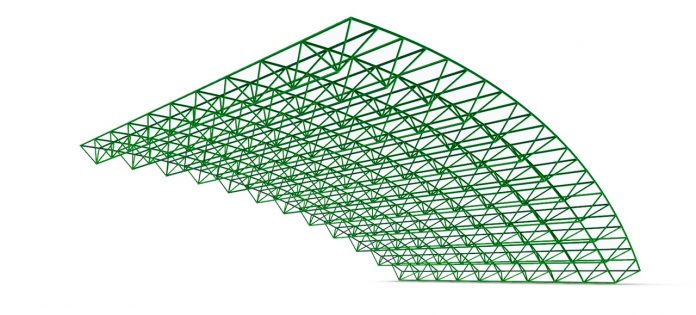
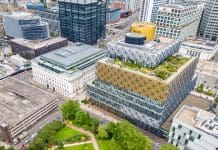

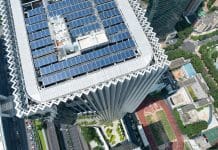

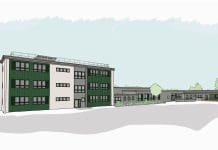
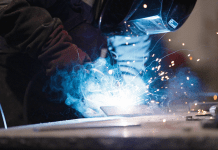

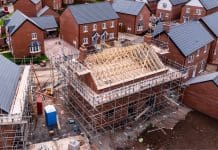
![[VIDEO] GBC network calls for boldness at COP29 Baku, Azerbaijan, where COP29 will take place and where the GBC Network have deirected their message](https://www.pbctoday.co.uk/news/wp-content/uploads/2024/11/iStock-513054348-1-218x150.jpg)

